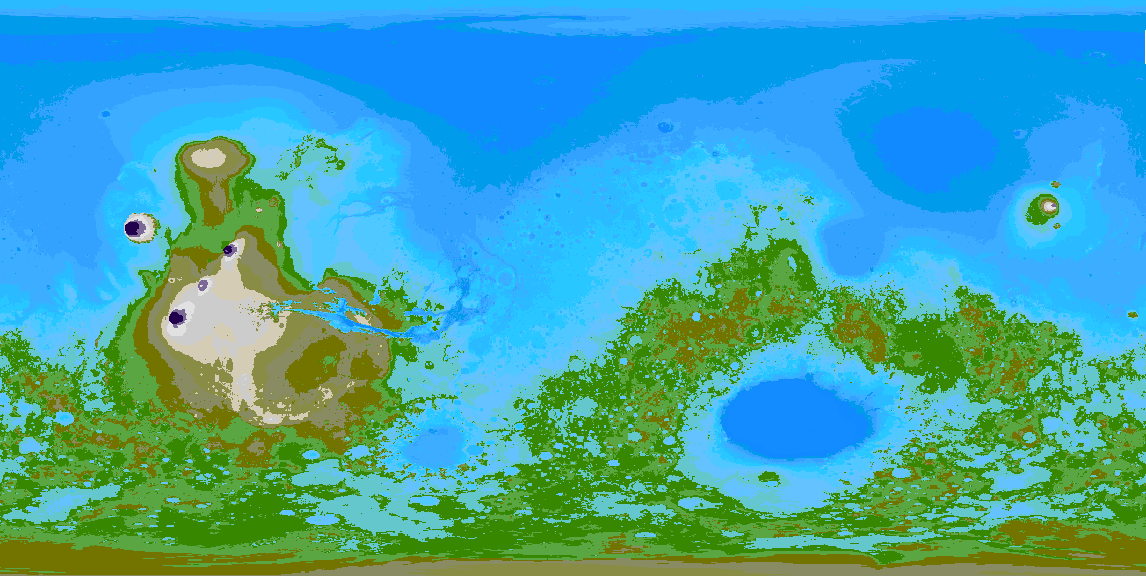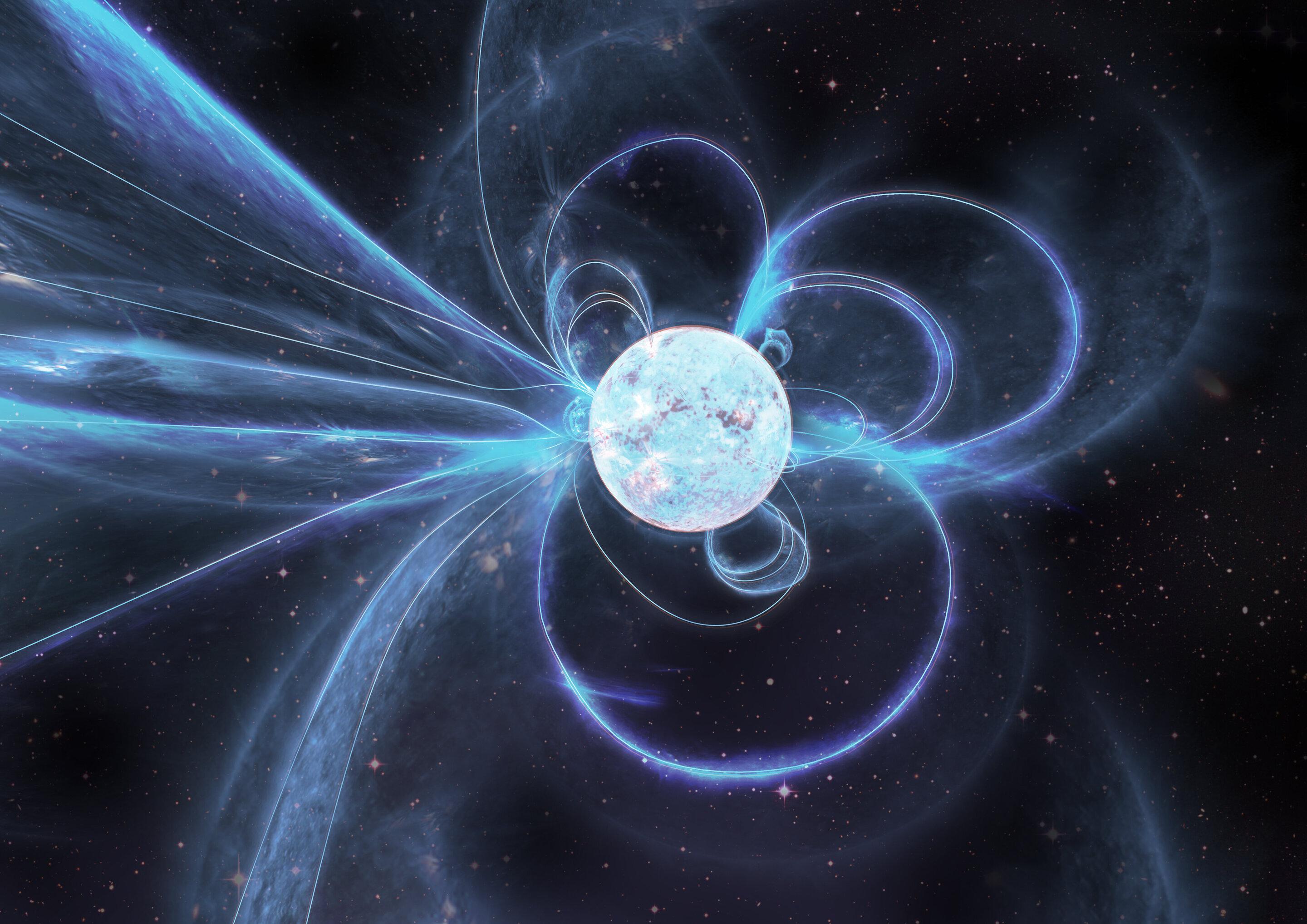Strange magnetic pulses that happen at midnight detected on Mars

Credit: NASA
- Scientists reveal preliminary findings from NASA’s Insight Lander on Mars.
- The lander has been on Mars since November 2018.
- The data includes detection of magnetic pulses, happening at local midnight.
NASA’s Insight Lander, a robot designed to study the deep insides of Mars, taking its vital signs, has sent back a wealth of information. Within the preliminary findings is evidence of a strange magnetic pulse some times emanating from the planet precisely at midnight.
The seemingly timed nature of the phenomenon raised the attention of the scientists poring over the data. The cause of the pulsation is currently unknown. The researchers are trying to pinpoint whether the signal is from deep underground or closer to the surface.
What’s unusual about this occasional magnetic pulsation or wobbling is that it happens at a time when such events would be unlikely on Earth, where they are often related to northern or southern lights, explains National Geographic. While we don’t know yet why the ones on Mars take place, the scientists conjecture that it may have to do with how the location of the lander on Mars aligns with the tail of the magnetic bubble around Mars. This tail may be interacting with the magnetic field on its way by, causing the pulsing. NASA scientists are planning further research, including flying the MAVEN orbiter above the lander to confirm this suspicion.
The information was presented at the joint meeting of the European Planetary Science Congress and the American Astronomical Society, taking place in Geneva, Switzerland between from 15th to 20th of September, 2019.
The Insight Lander has been on the red planet since November 2018. Among the information it’s collected is the temperature of the upper crust, sounds of earthquakes recorded inside Mars, and measurements of the magnetic field.
Data from the lander shows that the crust of the planet is much more magnetic than predicted, ten times more so than Earth’s. Mars’s magnetosphere extends 60 to 250 miles above, also found out the lander. This suggests to the scientists that Mars once had a large magnetic field that was possibly able to support life. Once that was gone, radiation was sure to make the planet what it is now.
Sounds of Mars: NASA’s InSight Senses Martian Wind
Listen to Martian wind blow across NASA’s InSight lander. The spacecraft’s seismometer and air pressure sensor picked up vibrations from 10-15 mph (16-24 kph…
One other very interesting discovery pertains to the 2.5-mile-thick electrically conductive layer, located underground. It’s possible this indicates a large amount of water under the surface.
Check out the paper on preliminary findings from the Insight Lander here.





